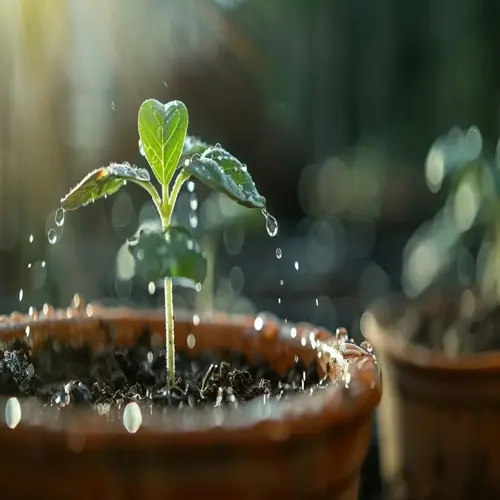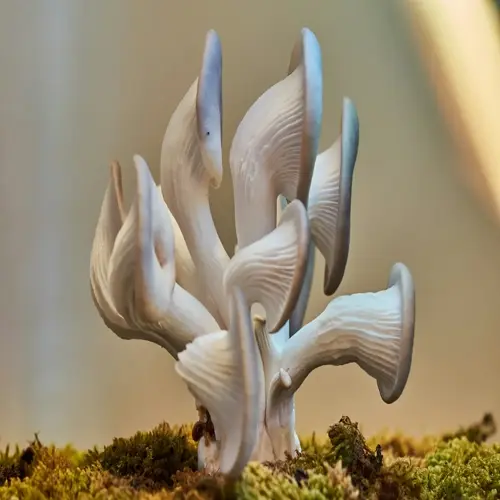What are common container gardening mistakes?

Written by
Tina Carter
Reviewed by
Prof. Charles Hartman, Ph.D.Avoiding common container gardening errors that can hinder future growth is vital for improving the success of pepper plants. Most issues arise from simple errors rather than complicated explanations. I've made countless mistakes through the years of balcony gardening before finally discovering best practices. Recognizing these ten pitfalls will help avoid disappointing peppers that struggle to grow and yield.
Drainage Issues
- Containers without holes cause root rot and fungal diseases
- Inadequate drainage layers lead to waterlogged soil
- Salts accumulate without proper flushing
Space Miscalculations
- Underestimating mature plant size causes crowding
- Root-bound plants struggle to absorb nutrients
- Overcrowding increases pest vulnerability
Environmental Neglect
- Insufficient sunlight reduces flowering and fruiting
- Ignoring wind exposure damages stems and leaves
- Temperature extremes cause blossom drop
Inconsistent watering is one of the most potentially damaging errors. Containers dry out faster than garden beds, meaning more frequent watering. Establish a habit of checking the soil moisture levels every morning. Water consistently until water is draining out of the bottom and flushing salts out. I personally use self-watering containers to maintain moisture consistency during hot weather.
The type of soil you select can directly influence the health of container-grown peppers. Avoid using garden soil because it tends to compact and has poor drainage. Use a high-quality potting mix with perlite or vermiculite as an aeration aid. You will want to supplement nutrients once a month, as frequent watering can quickly leach nutrients. Additionally, I will refresh the top layer of soil halfway through the season to increase productivity.
Consider the microclimate of each container when placing them. South-facing exposes the most sunlight, but may require shade in the afternoon. Form groups of plant containers to create clusters that maintain humidity and limit water stress. Rotate pots weekly to expose all sides, ensuring equal light exposure for consistent growth and ripening.
Check plants every day for signs of trouble. Leaf yellowing may indicate watering issues, and curled leaves could be a sign of pest infestations. Always act immediately to contain the issues. Keep garden tools cleaned to avoid cross-contamination of disease to plants. Following these simple rules will yield a season of healthy container-grown peppers.
Read the full article: 10 Expert Tips: How to Grow Peppers in Containers

